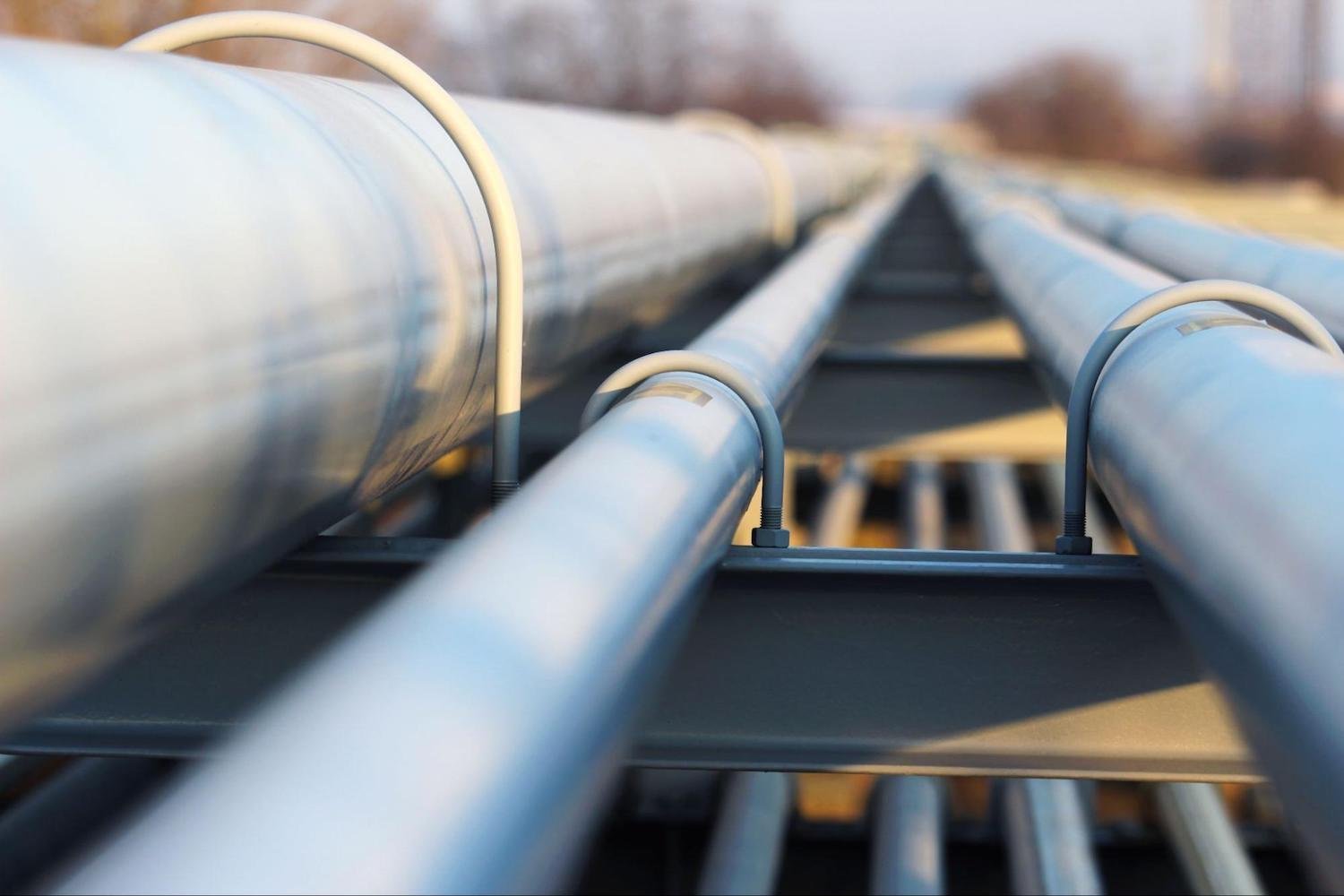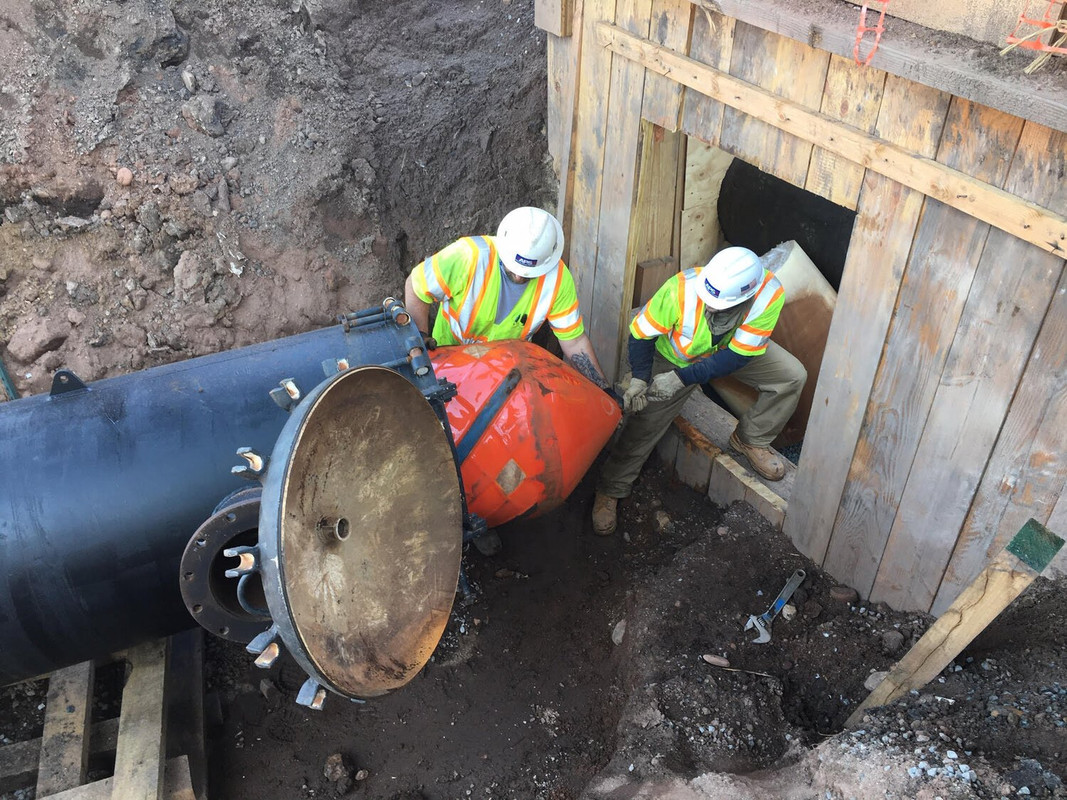Pipeline Effects on Environment: Enhancing Sustainability
Pipeline effects on the environment are a serious concern for many governments, businesses, and homeowners. Yet many still don't realize the significant negative effects the construction and placement of pipelines can have on surrounding environments, ecosystems, and habitats.
Pipeline contractors and operators are tasked with finding solutions that allow them to lessen the harm done to environments while meeting environmental codes and regulations. It's challenging for companies to continue running efficient and cost-effective pipelines while considering environmental impacts.
Luckily, there are several ways that companies can offset or avoid the environmental impact of pipeline construction and placement. Our team at American Pipeline Solutions discusses how pipelines affect the environment. We also talk about how the harmful effects of pipeline construction and procedures can be reduced, as well as the environmental benefits of pipeline pigging.
After all, pipeline pigging is one of the best innovations to clean pipelines and mitigate environmental harm once they have been placed.
Pipeline Experts: Inspection, Cleaning, Coating & More
Certified solutions for inspection, pre-commissioning, cleaning, internal coating, ice pigging™, mapping, and turnkey pipeline projects—maximizing safety and reliability at every stage.
How Does the Construction and Placement of a Pipeline Affect the Environment?
There are numerous ways that the construction and placement of a pipeline affect the environment. Below we have broken down a few ways pipelines negatively affect our environment.
Products Carried Through Pipelines Cause Damage When Released
It is believed that when the products are transported through pipelines like sewerage, water, oil, and gas, the environment can be impacted, property damages can occur, and injuries or fatalities can arise.
How hazardous a pipeline leak or rupture is to the environment can depend on many factors, including the pipeline's size, the product it carries, the population and natural resources near the pipeline, and the operating pressure. Look below to see how certain products or materials harm the environment when there is a leak or rupture in the pipeline.
Crude oil: One of the most hazardous pipelines is crude oil pipelines. These pipelines can cause near-term and long-term harm to the environment. When a crude oil pipeline leak or rupture occurs, fish and wildlife injuries and fatalities can occur, and contamination of animal drinking water supplies often occurs. For example, oil can coat birds' feathers, reducing their ability to groom themselves and be buoyant. If they ingest the oil, they can also experience harmful effects on their internal organs. Additionally, when oil sits on the surface of the water source in an area, it blocks sunlight, negatively impacting plankton and damaging fish eggs.
Propane: Although propane doesn't usually cause long-term environmental damage, it poses a significant near-term hazard to the environment. When there is a propane leak or rupture in the pipeline, an explosion or fire could occur, which often results in injuries and fatalities, wildfires, animal deaths, and destruction of forestation.
Natural gas: Like propane leaks and ruptures, natural gas leaks and ruptures can cause incredible harm to the surrounding environment. This is because, like propane, natural gas pipelines can cause fires and explosions when the natural gas ignites. Besides impacting the immediate environment negatively, natural gas pipeline leaks and explosions release methane, a greenhouse gas that significantly contributes to climate change.
Between the two, a pipeline leak is far more common than a pipeline rupture because a leak is a slow release of a product, while a rupture is a sudden occurrence. Pipeline leaks also cause less damage than pipeline ruptures.
According to experts, pipeline incidents have numerous causes. The most common causes are material welding and equipment failure, corrosion, excavation damage, and natural force damage.
How Can the Harmful Impact of the Construction and Placement of a Pipeline Be Reduced?
Fortunately, there are numerous ways that the harmful impact of construction and placement of pipelines can be reduced. We have briefly listed these ways below.
Offset habitat loss: It's true that, at times, habitat loss, emissions, and other negative environmental impacts are unavoidable when constructing and placing a pipeline. Yet, in these instances, a company or organization can prioritize offsetting the damages to an environment. For example, companies and governments can create replanting tree initiatives or donate to local nature reserves.
Better planning of pipeline routes: One of the best ways to reduce the harmful impact of pipeline construction and placing on the environment is to insist on better planning of pipeline routes. If a pipeline route is planned properly, many environmental problems can be avoided. For example, a company will avoid laying pipes over vital ecosystems if a pipeline route is planned correctly. Remember, even if the pipeline structure isn't the problem, the heavy equipment and excavation involved will likely cause environmental damage. So try to avoid environmental areas of deep concern and instead plan a pipeline route along previously disturbed areas while also using already established roads to avoid unnecessary construction damages.
Maintain pipelines: It's crucial that once pipelines have been constructed and placed that they are maintained to ensure further harm is not caused to the surrounding environment. If pipelines are not maintained with innovative solutions like pipeline pigging leaks, build-up, and other pipeline problems could destroy vegetation, harm wildlife, and compound air and water pollution problems. Alongside pigging solutions offered by American Pipeline Solutions, operators should also perform routine maintenance checks and services.
What Are the Environmental Benefits of Pigging?
As we mentioned above, pipeline pigging is crucial to pipeline maintenance. Without routine pipeline pigging, many problems could arise. Fortunately, pigging has many environmental benefits depending on the specific pigging method chosen for a pipeline.
For example, the ice pigging environmental impact is low. This is one of the most environmentally-friendly pipeline cleaning solutions because it uses up to 50% less water than other cleaning options.
Additionally, ice pigging pipelines don't need to be excavated or dug up if a pig gets stuck because it will simply melt. Other pigging solutions also offer enhanced efficiency without utilizing harmful cleaning agents.
With pigging (depending on the type), there won't be the risk of corrosion or accidental hazardous chemical leakage into oceans, rivers, lakes, and surrounding environments. Moreover, with pigging, there is less waste which means fewer carbon monoxide emissions and more product recovery.
Pipeline Experts: Inspection, Cleaning, Coating & More
Certified solutions for inspection, pre-commissioning, cleaning, internal coating, ice pigging™, mapping, and turnkey pipeline projects—maximizing safety and reliability at every stage.
Speak With an APS Representative Today To Find the Best Pipeline Pigging Solution for You
It's evident that pipeline construction and placement have numerous harmful impacts on the environment. Yet, fortunately, there are ways to enhance sustainability and mitigate some of the harm environments face, like replanting trees and maintaining pipelines with pigging solutions.
Should you want to learn more about the pipeline pigging methods available for different types of pipelines, you can speak with us at American Pipeline Solutions. We offer various pipeline pigging solutions to suit the needs of varying projects.



















